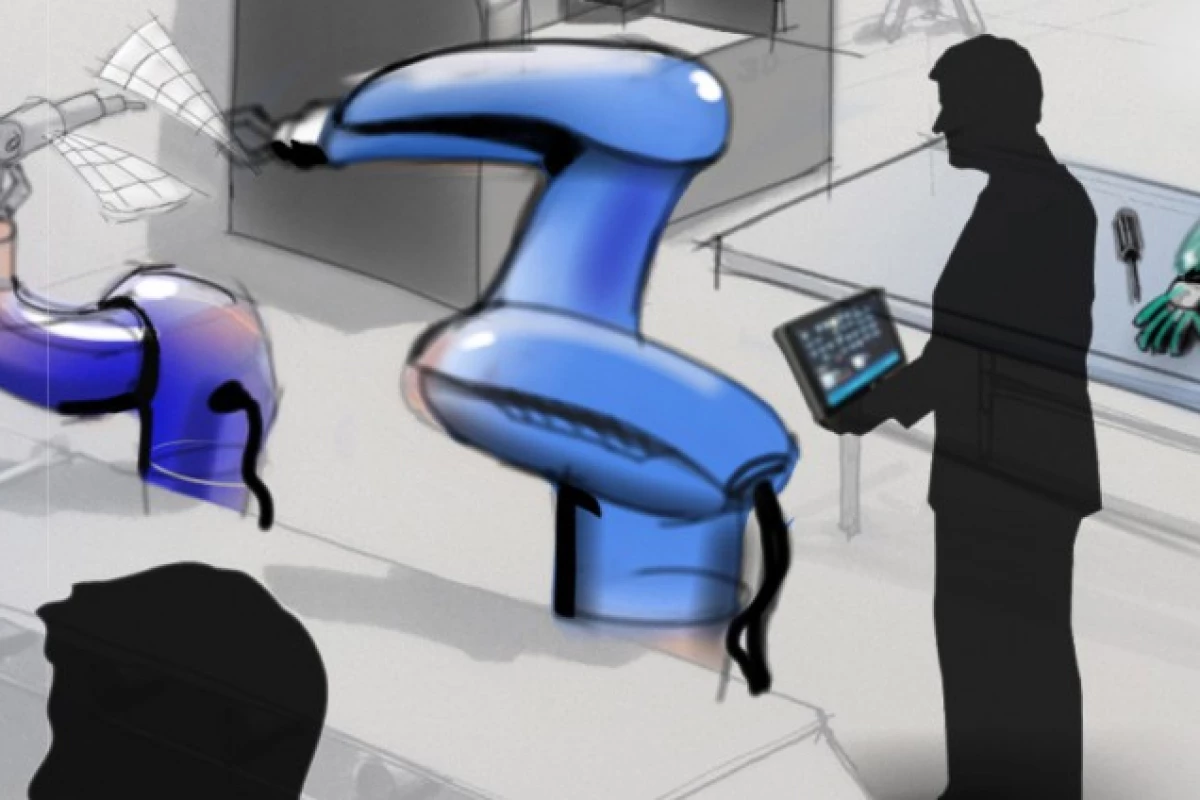Industrial robots have proven useful in reducing production costs in large factories, with major enterprises enlisting their services to execute repetitive tasks. The Factory-in-a-Day project, which kicked off in October, aims to also make robotic technology beneficial to small and medium enterprises (SMEs), by developing adaptable robots that can be integrated with workplace systems within 24 hours.
Until now, SMEs have not been well suited to the benefits of robotic technology as, compared to enterprises of larger size, they rely on a more agile workforce made up of few large machines and many humans completing simple repetitive tasks. Common short-duration batch operations in SMEs, such as packing or checking the quality of seasonal fruit, only have small production periods. As developing and training a robot to execute these tasks can take weeks or even months, the expense generally outweighs the money saved in labor costs.
The research team behind the Factory-in-a-Day project aims to bridge this gap by developing a suite of robots with predefined skills – much like a smartphone comes with applications for different uses. If all goes to plan, this will culminate in a kind of temp agency for robots, where the machines can be leased, are adaptable and can be installed and ready to work within 24 hours.
In order to achieve same-day integration, the work process will first be analyzed by a system integrator to determine which roles can be robotized. Hardware components specific to the customer’s requirements are then 3D-printed and installed on the grippers of the robot. The robot is then taken to the factory and connected to the machinery software and taught how to perform necessary tasks, such as how to grasp an object.
For all this to eventuate, the team anticipates several breakthroughs in robotic technology during the project’s development. With safety a primary concern, the team will work towards developing safe robot arms with novel proximity-sensing skin and dynamic contact-avoiding behaviors. To connect with workplace machinery, they will also work on developing software that will provide compatibility with existing machinery and robots.
In addition, the team hope to compliment standard core hardware modules (such as adaptive grippers and arms) with the capacity to use 3D-printing for task-specific parts, while the development of fast teaching software for on-site programming will theoretically mean only minimal parameters need to be taught by humans.
While the European Union (EU) has taken steps to improve the appeal of industrial robots for SMEs in the past, the Factory-in-a-Day project is the first to do so with such specific and time sensitive goals in mind.
Provided with €11 million (US$15.1 million) by the European Union as part of the wider FP7 (Seventh Framework Programme) named “Factory of the Future," which is backed by an international consortium comprising 16 partners, including research institutes such as Fraunhofer and the Technical University of Munich.
Source: Factory-in-a-Day




